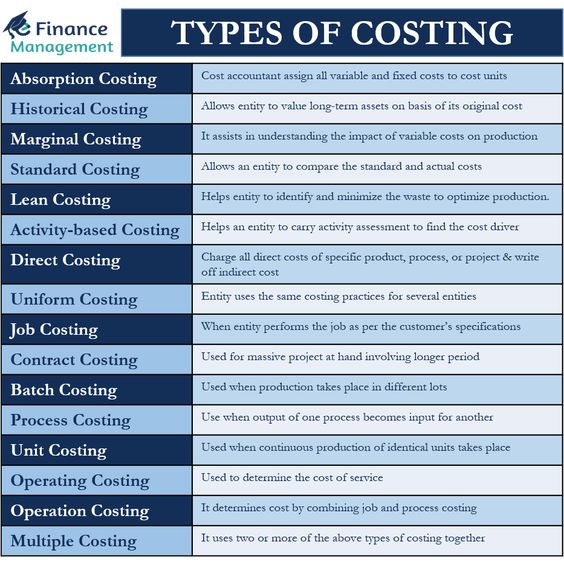If you’re a project manager, one of the most critical tasks you must undertake is creating cost estimations for your projects. A cost estimation is a critical aspect of project planning as it helps stakeholders determine how much a project will cost before they approve it. In this article, we’ll show you how to write an accurate cost estimation that will help your stakeholders make informed decisions and keep your project on budget.
Start with a thorough project scope
The first step in creating a cost estimation is defining the scope of your project. A well-defined scope will give you a good idea of what your project entails, what resources you’ll need and what type of output you’re expected to deliver. Ensure that your scope document is comprehensive and clear enough to help you identify any potential risks and areas that may need additional resources.
Breakdown the work into smaller parts
A detailed breakdown of your project’s workloads will help you identify all the smaller tasks and activities that go into completing the project. Breaking the work down into smaller parts also makes it easier to create a more accurate cost estimate. Once you have a list of all the workloads, you can start to identify how much it will take in terms of time, resources, and labor to complete each task.
Consider all relevant costs
When creating a cost estimation, it is essential to take into consideration all the relevant costs, including direct and indirect costs. Direct costs may include materials, labor costs, equipment costs, and subcontractor fees, while indirect costs may include travel expenses, communication costs, and overhead costs. Be sure to include all these costs in your estimate, as they all play a critical role in determining the project’s overall cost.
Use industry benchmarks
Using industry benchmarks allows you to make accurate predictions about how much a project will cost. Benchmarks are typically established by industry associations, government agencies, or even academic institutions, and they offer a wealth of information on what similar projects have cost, what their significant expenses were, and how long they took to finish. This information helps you to benchmark your project accurately, giving you a better understanding of how much it may cost and how long it may take to complete.
Determine cash flow forecasts
Creating a cash flow forecast is a crucial step when writing a cost estimation. A cash flow forecast shows the project’s expected income and expenses over a given period. It allows you to plan project financing, identify potential bottlenecks in the project’s cash flow and plan project priorities. By creating a cash flow forecast, you can ensure that you have enough money to complete your project successfully.
Revise and update your estimates
A cost estimation is never a fixed document. It is subject to constant changes as your project evolves. Be sure to revise and update your estimates throughout the project life cycle as new information arises or changes occur. Constantly updating your estimates ensures that you stay on track with the project and reduces the risk of surprises that may impact the project’s budget.
Consider outsourcing
Outsourcing some of your project’s workloads can help cut costs significantly. Be sure to consider outsourcing for some parts of the project where you don’t have the expertise or resources to handle it in-house. When outsourcing, ensure that you budget for it and include it in your cost estimation to avoid surprises.
You might find these FREE courses useful
- Introduction to Budgets in Microsoft Azure Cost
- Engineering Project Management: Scope
- Optimizing Your Google Cloud Costs
- Fundamentals of financial and management
Understand the impact of risks
Risk management is a critical aspect of project management. By identifying potential risks and their potential impact, you can plan for them and mitigate them before they impact your project’s budget. When creating a cost estimation, be sure to consider the impact of risks and factor in contingency funds.
Conclusion
Writing a cost estimation for a project is a challenging task. However, by following the steps outlined in this article, you can create accurate cost estimates that will help inform project stakeholders while also keeping your project on budget. Remember to keep your cost estimation updated throughout the project lifecycle and be prepared to adjust as new information arises or changes occur. With the right approach, you can ensure that you create a cost estimation that is accurate, comprehensive, and effective.
